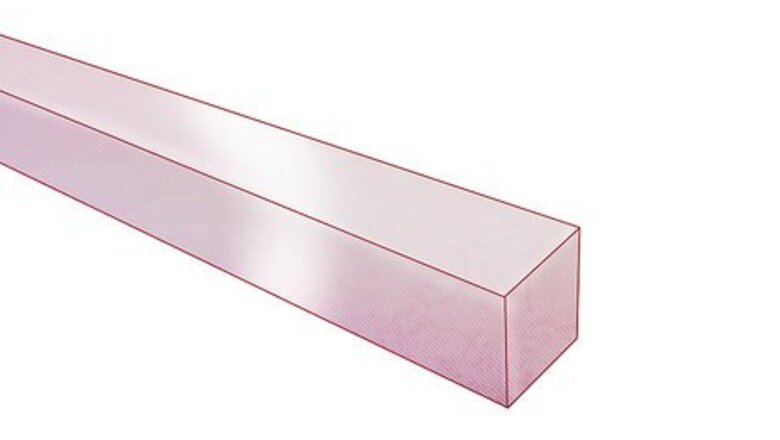
views
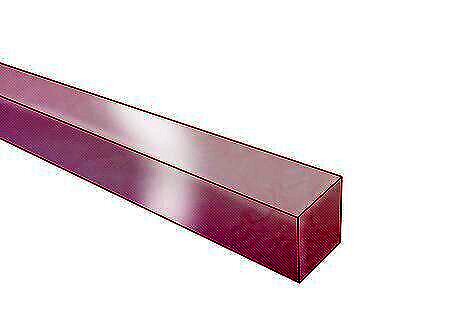
Purchase or find a piece of steel about 2 inches (5.1 cm) wide and .5 inches (1.27 m) thick and slightly more than 3 feet (0.9 m) long (0.914 m).

Heat the steel in a furnace or open hearth. You must heat the material to temperatures nearing 1,600 degrees F (870 degrees C) to make it malleable for forging and to remove impurities. During the heating process, substances like sulfur and silica will oxidize and separate from the iron, creating slag. The removal of slag greatly strengthens the steel.

Pull the heated material from the hearth when it becomes a yellow-orange hue and put it on an anvil.

Forge the steel. Strike the substance with a hammer, turning it as you forge. You will need to reheat the substance during the forging process to keep it malleable. Bend and chisel the substance on the anvil to form the blade shape. Target your hammer strikes to help shape the blade. Focus on the basic proportion of the blade initially. Forge the sword tip once you are satisfied with the basic blade shape, and then work on curvature and bevels. Bevel the blade in two sections: a long, sharp bevel extending to the tip of the sword provides the cutting edge of the sword and the shorter, thicker section runs along spine of the sword. Taper the blade on the end that will join with the handle.

Shape the blade. Use grinders and files to form the final shape of the blade.

Treat the blade with a special clay mixture. You can add a mixture of clay and other substances, like grass and feathers, to the blade to achieve desired results. Coat the spine of the blade with the mixture, leaving the edge largely untreated. This will help make the spine flexible and the edge sharp. Reheat the blade in the forge.
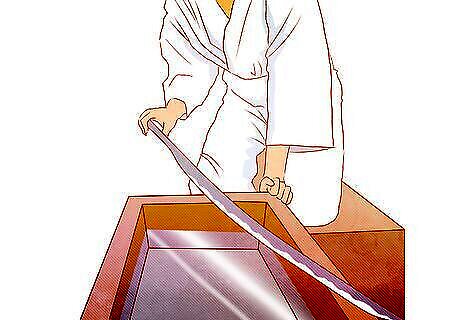
Quench the steel. This process both cools and hardens the substance. You can use water or oil for quenching. Immerse the blade in water or oil along the edge and tip first. This method has a dual purpose: to make the cutting surface hardest and to keep the back of the blade softer to absorb blows meted out by adversaries. Quenching technique is important as the faster you quench the blade, the harder it becomes.
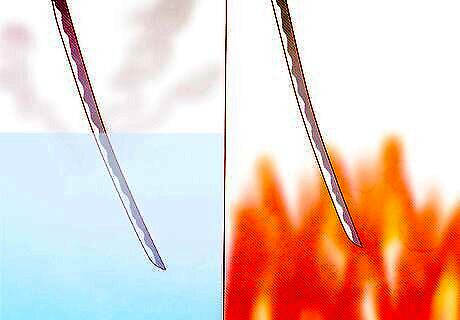
Temper the blade. Reheat the blade to about 400 degrees F (204.4 degrees C) after quenching and then allow it to cool to room temperature. This process helps balance the blade's flexibility and hardness.
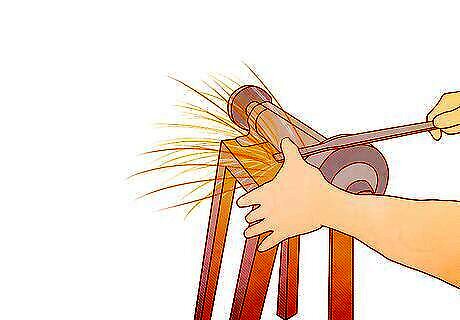
Remove the clay mixture from the blade and grind the blade edge until it is sharp.
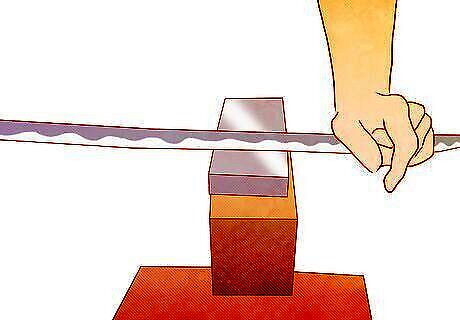
Polish the blade. Use water stones to sharpen the blade. When polishing is complete, the hardened and unhardened portions of the blade will become apparent. Give the blade a final filing for cosmetic purposes.
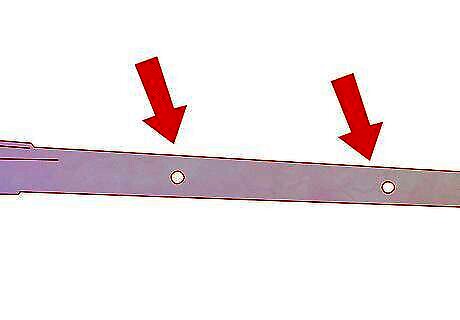
Drill two holes at the base, or tang, of the blade to help fasten it to the hilt.

Fabricate the handle. The sword handle, or hilt, must be long enough to accommodate both hands and provide optimum balance when joined to the blade. Build the handle out of a hardwood, like yellow poplar or alder. Quarter-saw the wood at the end to provide maximum strength. Install two brass or copper pegs and anchors and align them with the tang. They will hold the blade in place.
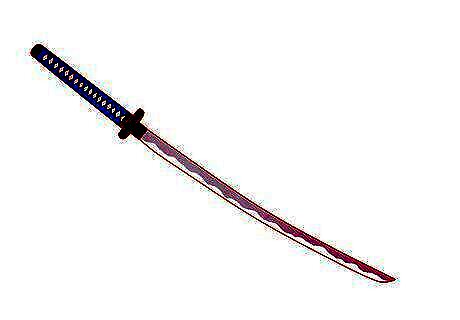
Secure the blade to the hilt. Insert the hilt pegs through the holes in the blade's tang and fasten them to their anchors. Use industrial adhesive and leather wraps to further strengthen the attachment of the blade and handle.




















Comments
0 comment